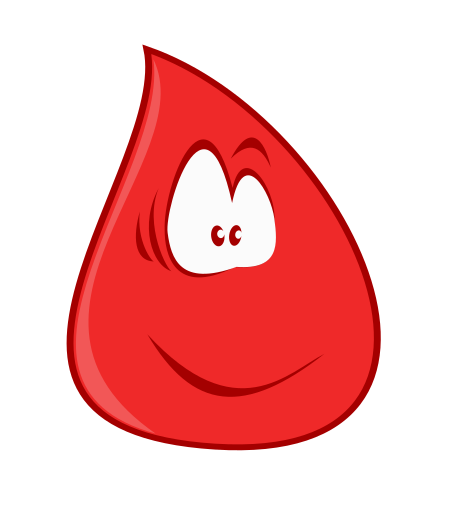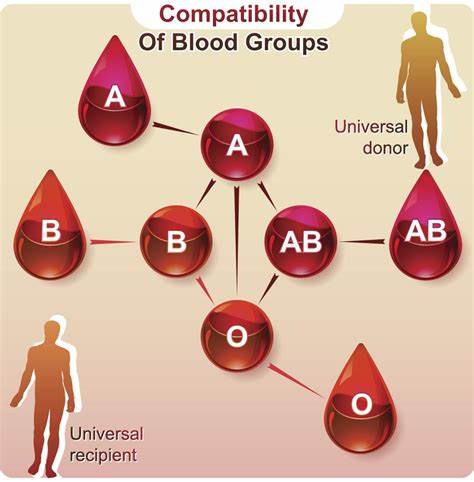|
SAMB4002 |
DIAGNOSTIC MOLECULAR BIOLOGY |
L |
T |
P |
EL |
C |
Total Marks |
|
4 |
0 |
0 |
0 |
4 |
100 |
COURSE OBJECTIVES
Ø To provide a good foundation in molecular biology where importance is laid on the master molecule.
Ø Subject is an emerging discipline with a broad conceptual approach that transcends all sections of anatomic and clinical pathology.
UNIT 1 BASIC PRINCIPLES IN MOLECULAR DIAGNOSTICS 12 Hrs.
Organizations of molecular diagnostic laboratory-Bio-membranes and the sub-cellular organization of eukaryotic cells.
UNIT 2 MOLECULAR STRUCTURE OF GENES AND CHROMOSOMES 12 Hrs.
Organization of cellular DNA into chromosomes –morphology and functional elements of eukaryotic chromosomes –chromosomal organization of genes and non-coding DNA.
UNIT 3 STRUCTURE OF DEOXY NUCLEIC ACIDS (DNA) 12 Hrs.
ABZs of DNA Secondary Structure, Denaturation and Renaturation of DNA, Supercoils and Cruci forms: Tertiary Structure in DNA. DNA replication –repair-recombination –mutation – Regulation of the eukaryotic cell cycle-gene control in development-Cellular energetics.
UNIT 4 RIBONUCLEIC ACID 12 Hrs.
Types and function of RNA. Primary, Secondary and Tertiary Structure of RNA. The role of RNA in protein synthesis-stepwise formation of proteins on ribosome.
UNIT 5 THE SYNTHESIS OF MACROMOLECULES AND THE GENETIC CODE 12 Hrs.
synthesis of biopolymers- nucleic acid synthesiss. Molecular oncology including DNA assay for T and B-cell rearrangement- analysis for translocation, oncogene analysis -translocation gene mutation in various cancer, Molecular histocompatibility testing, forensic identity testing by DNA analysis.
Max. 60 Hrs.
COURSE OUTCOMES
On completion of the course, students will be able to
CO1 - Apply knowledge of cellular structure and function, especially DNA and RNA.
CO2 - Understand the DNA replication, repair and recombination in prokaryotes with that of eukaryotes.
CO3 - To know about RNA synthesis and processing and function of different types of RNA.
CO4 - To know about protein synthesis and inhibition factors of protein synthesis.
CO5 - Apply the knowledge of molecular testing to the most commonly performed applications in the clinical laboratory.
CO6 - To learn about molecular diagnostic procedures and their clinical uses.
TEXT / REFERENCE BOOKS
1. Albert B. Bray D and Lewis J Molecular biology of the cells, 2nd edition New York. Garland Publications 1989.Brown, T.A. (1999). Gene Cloning. 3rd edition. Chapman and Hall Publications, U.S.A.
2. Burrel, M.M. (1993). Enzymes of Molecular Biology, Humana Press.
3. Chirikjian, J.G. (1995). Biotechnology – Theory and Techniques, Vol. II, Jones and Burtlett Publishers.
4. Lewin, B. (2000). Genes VII. Oxford University Press, Oxford.
5. Antony, J.F., Griffiths, Gilbert, W.M., Lewontin, R.C. and Miller, J.H. (2002). Modern genetic analysis, Integrating Genes and Genomes, 2nd edition, WH Freeman and Company, New York.
END SEMESTER EXAMINATION QUESTION PAPER PATTERN
Max. Marks: 100 Exam Duration: 3 Hrs.
PART A : 10 Questions of 2 marks each – No choice 20 Marks
PART B : 5 Questions from each unit with internal choice, each carrying 16 marks 80 Marks
- Teacher: James John
- Teacher: Dr. Mohmmad Ashaq Sofi
- Teacher: James John


